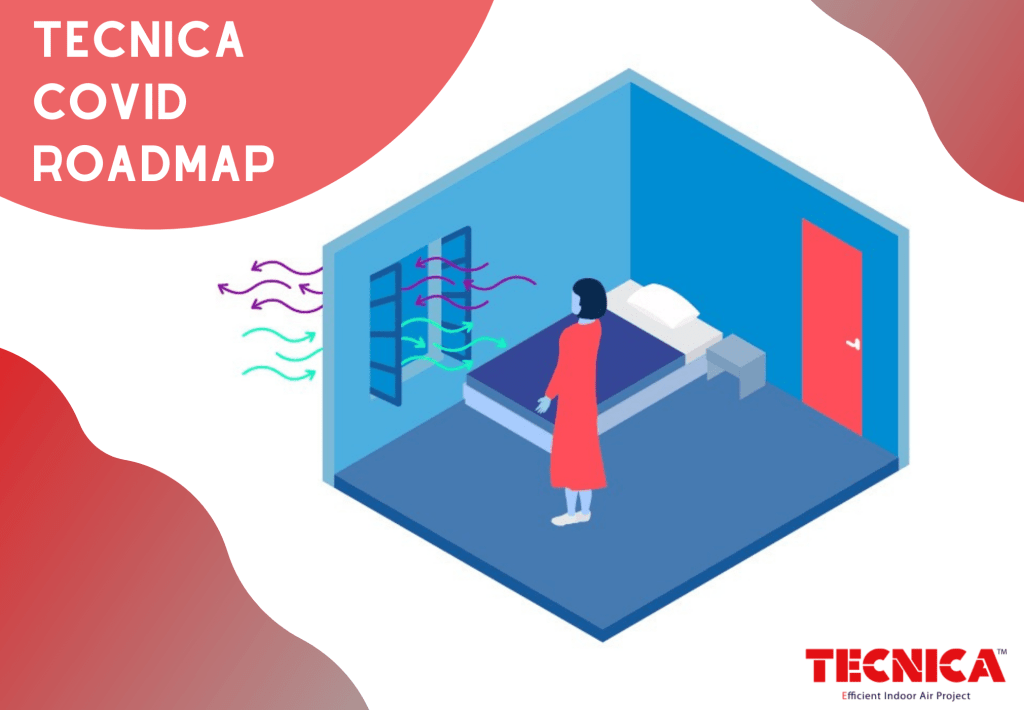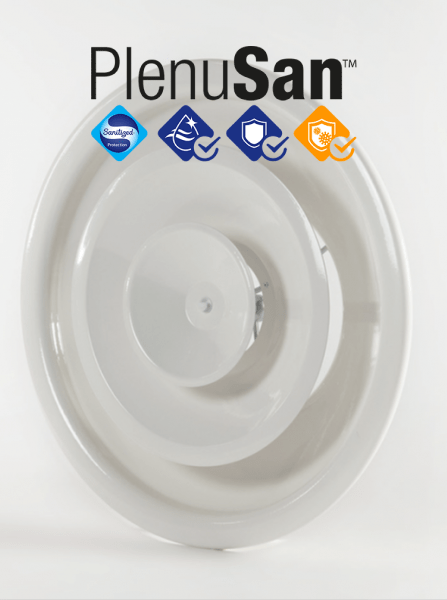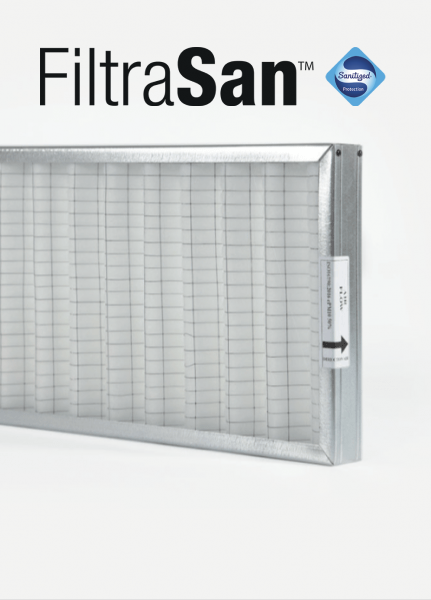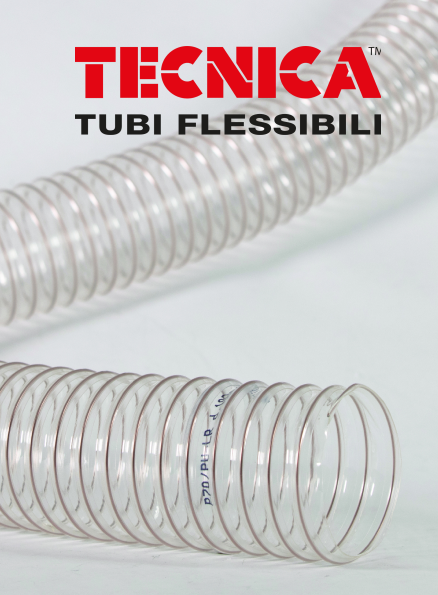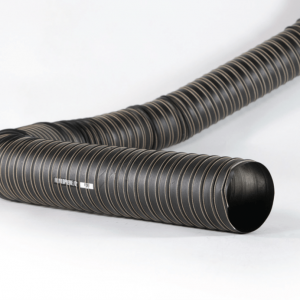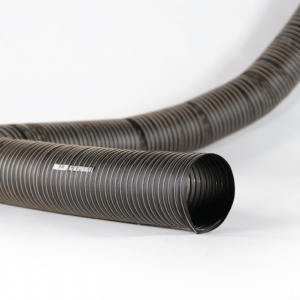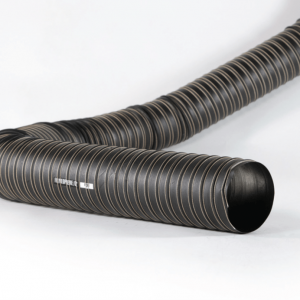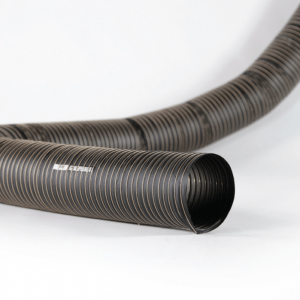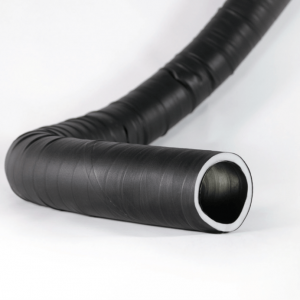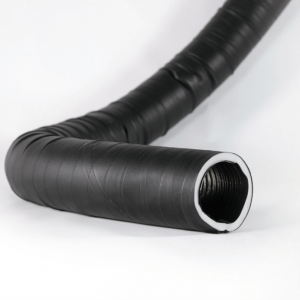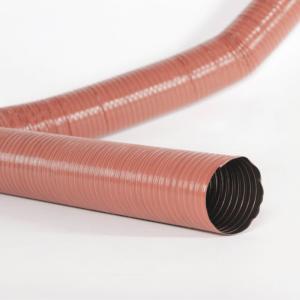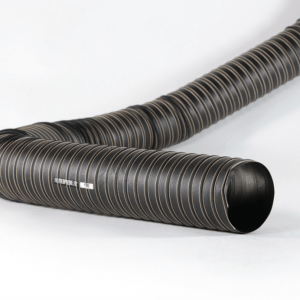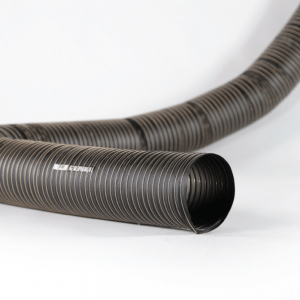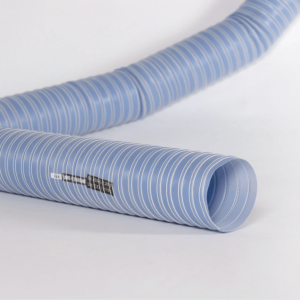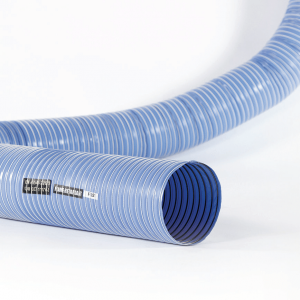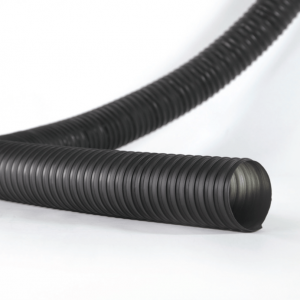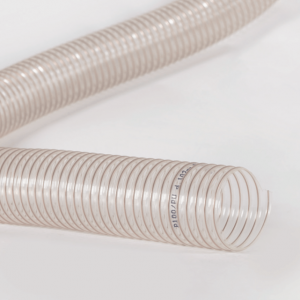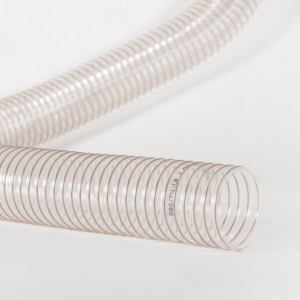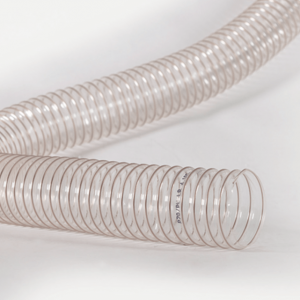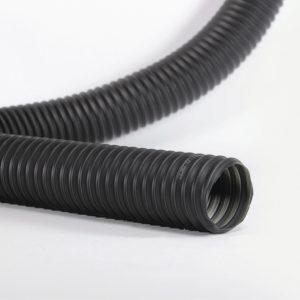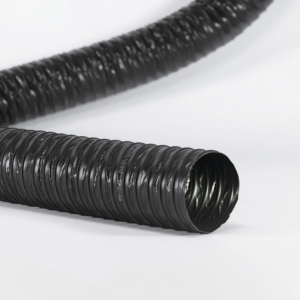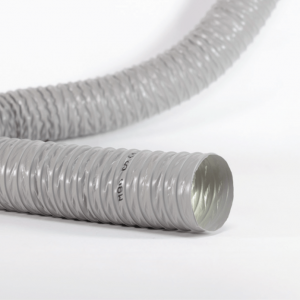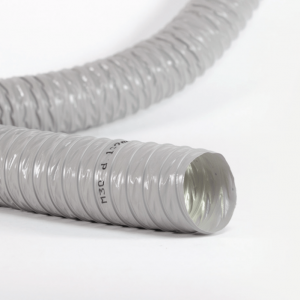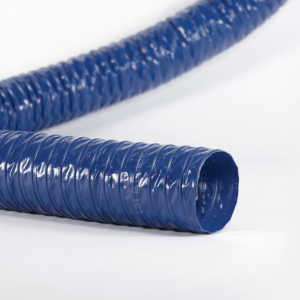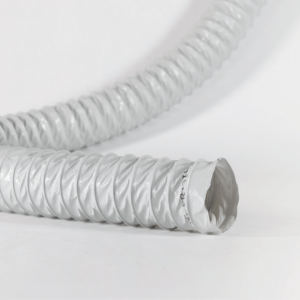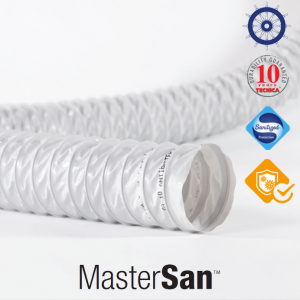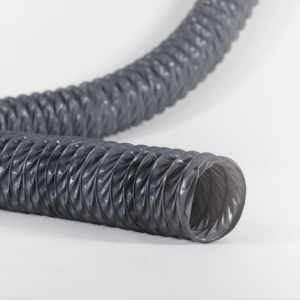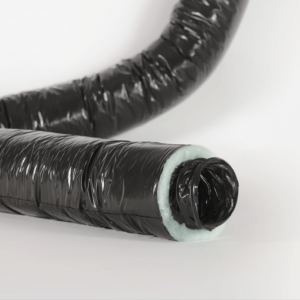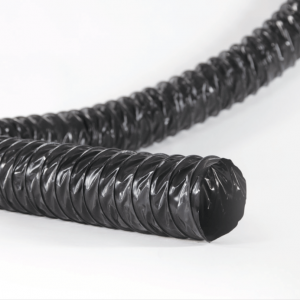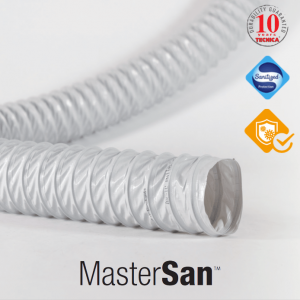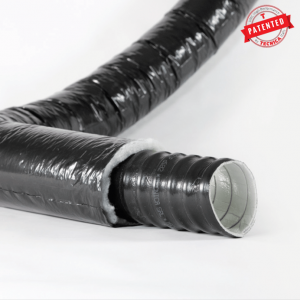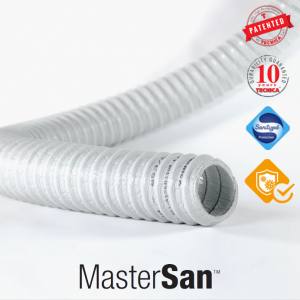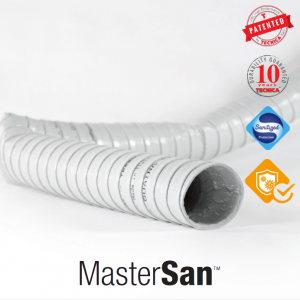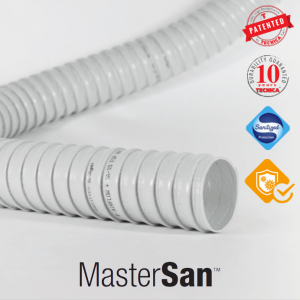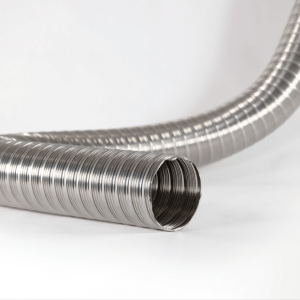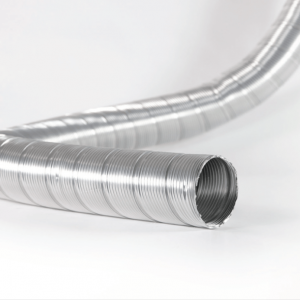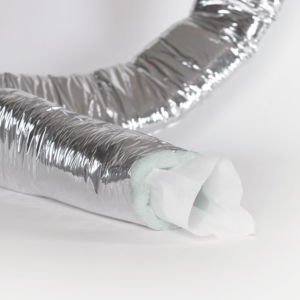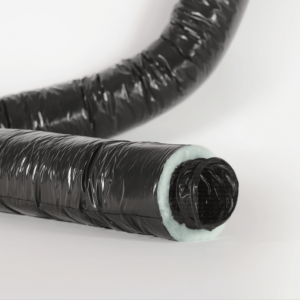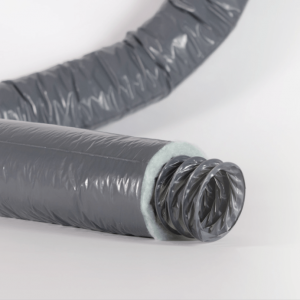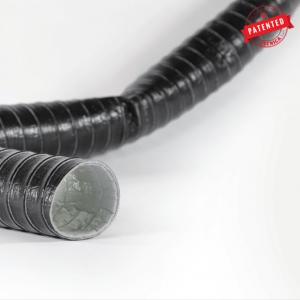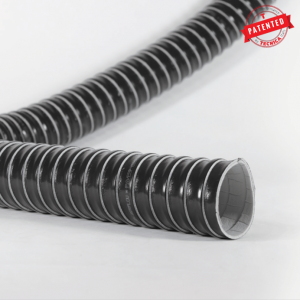The recent pandemic caused by the worldwide spread of Covid-19 has brought to light fragility regarding the management and construction of ventilation systems, which have always been underestimated or considered marginal.
Based upon this consideration the World Health Organization (WHO) has decided to define a roadmap to intervene on the key questions users should consider to assess indoor ventilation and the major steps needed to reach recommended ventilation levels or simply improve indoor air quality.
The load of air pollution or infectious aerosol potentially released in a building depends on the activities performed inside, the number of occupants and whether or not the occupants are wearing masks.
The finalized roadmap is divided into three settings: health care, non-residential and residential spaces such as private houses
Building ventilation is characterized by three main elements:
- ventilation rate: the volume of outdoor air that is provided into the space;
- airflow direction: the overall airflow direction in a building and spaces, which has to be designed so that it flows from clean zones to dirty ones;
- air distribution or airflow pattern: the external air should be delivered to each part of the space in an effective and efficient manner and the airborne pollutants generated in each part of the space should also be removed adequately.
Health care settings
Adequate ventilation in all areas of patient care plays a critical role in helping to prevent and reduce infections. Nevertheless, this document specifically addresses COVID-19 structures such as COVID-19 treatment centers and wards including places to spend the quarantine period, community facilities and long-term care facilities.
Some risk factors, such as the presence of confirmed and suspected cases od COVID-19, the proximity required to provide medical car and visitor influx, make these facilities particularly vulnerable. For the above reasons, together with other IPC measures described in their specific guidance, these settings require strict ventilation requirements to enable a safe working environment for medical staff and to reduce the risk of amongst, patients and visitors.
Non-residential settings
For this document “non-residential setting’’ refers to public and private indoor spaces characterized by heterogeneous occupancy rates with people not belonging to the same household, such as workplaces, schools and universities, accommodation buildings, religious and commercial spaces.
National, regional or international requirements are available for each setting and several interim
guidance documents have been developed.
In particular it in necessary to consider a minimum ventilation rate per person should be defined. This number, directly linked to space occupancy, will enable assessment and improvement of ventilation and, if not possible, the adjustment of maximum building occupancy.
Residential settings
In the context of the current COVID-19 outbreak, WHO recommends the rapid identification
of positive cases, their isolation and management either in a medical facility or an
alternative setting, such as the home in case the symptoms permit. Specific guidance for safe home care and home quarantine are already available and provide recommendations on IPC measures including how to assess a potential isolation area space in residential settings.
For each category there is a further stratification according to the ventilation system – mechanical
or natural ventilation.
For more information on ventilation systems you can visit our website.

